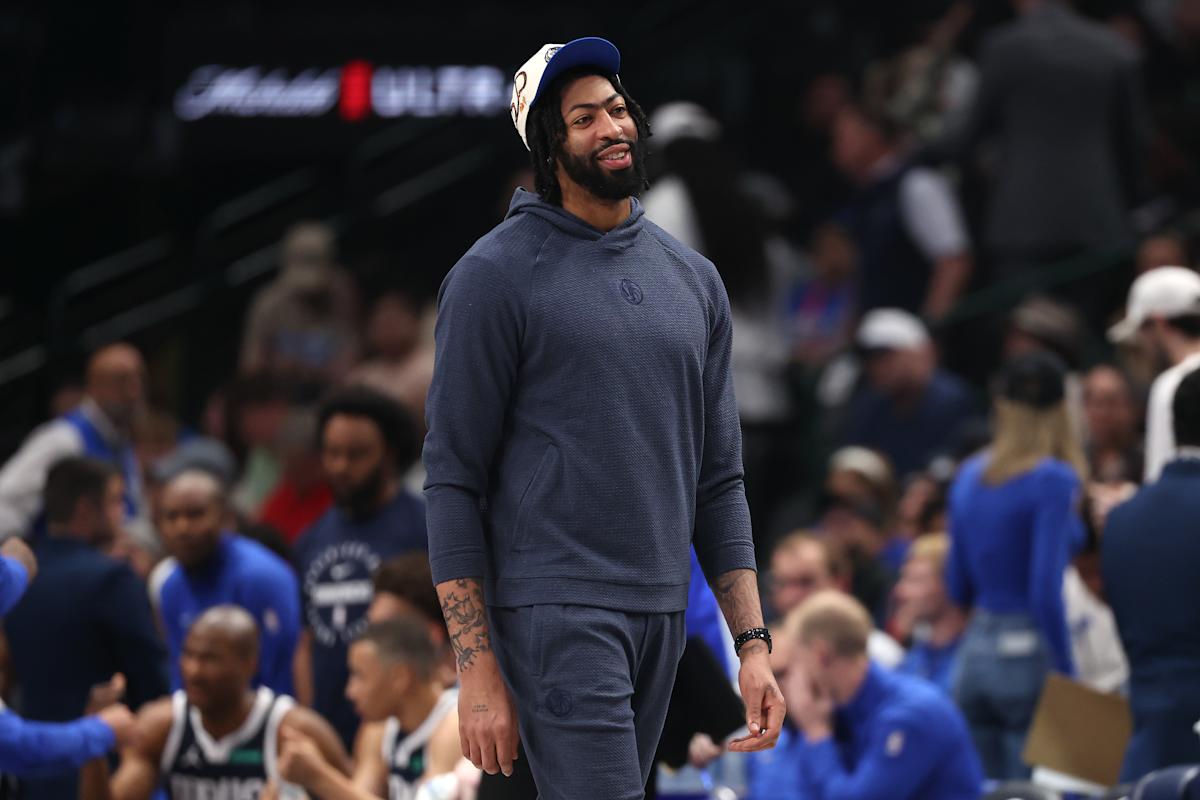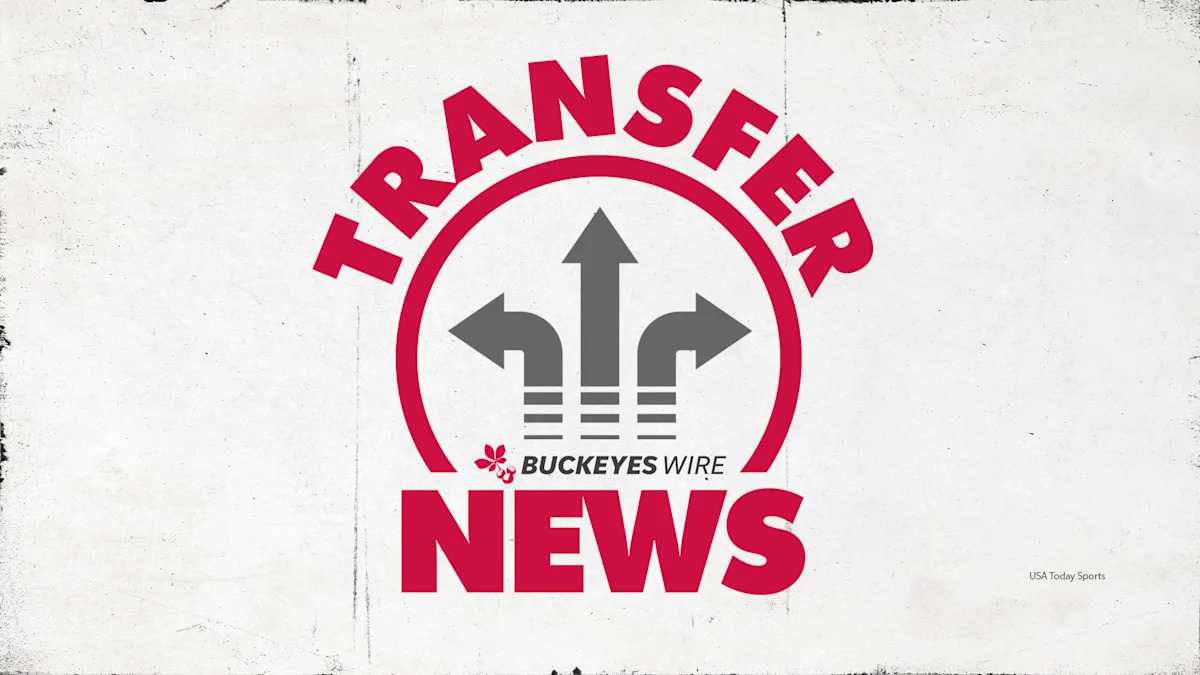MMA fans have always found ways to connect with each other. Whether it was in packed arenas, local gyms, or online forums, the need to talk about fights and fighters has always been there. But over the last few years, something new has taken off. Fans aren’t just typing posts or replying to long threads anymore. They’re turning on their cameras and talking face-to-face through video chatrooms.
This shift has made watching fights feel more personal and connected. Fans who used to watch events alone can now join others online to talk during the action. It brings people together, even if they’re in different parts of the world. And instead of waiting until after the event to post reactions or read analysis, people can now engage in real-time webcam discussions while the fight is still happening.
Why are MMA fans using video chatrooms now?
The main reason is simple. Fans want to feel like they’re watching the fights with other people who care as much as they do. Social media and message boards are fast, but they can also feel distant. In video chatrooms, the response is instant. If a fighter lands a clean shot or pulls off a slick submission, everyone reacts at the same time. You hear voices. You see real emotion.
It also makes it easier to connect beyond the fight itself. Fans trade predictions, talk about upcoming cards, or even discuss training and diet. You get to know the people behind the usernames. Some chatrooms are casual hangouts. Others go deep into tactics. Some mix fight talk with fun and jokes. But they all offer something forums and comments never could—live, face-to-face conversation.
What makes video chatrooms different from other fan spaces?
The biggest difference is the way people interact. Instead of just typing messages, they speak and see each other. This changes the tone right away. Conversations become more respectful. People are less likely to troll or argue when they’re looking at each other on screen.
There’s also a level of energy that doesn’t exist in slower formats. A great fight round, a controversial judge decision, or a walk-off knockout hits harder when you’re sharing the moment in real time with others. It turns the chatroom into something closer to a live viewing party, not just a place to read takes.
And because most video chatrooms are hosted on platforms that support voice and video, fans can choose how they want to join. Some just listen in. Some chat using audio. Others go full video. The flexibility keeps it welcoming and lets everyone feel comfortable.
Who are the fans joining these spaces?
Fans in these rooms come from all levels of experience. Some are long-time followers of the sport who’ve seen hundreds of fights and know the history of every division. Others are newer fans who started watching after discovering a favorite fighter or a big event. What they all share is the need to talk, react, and learn from each other.
Some rooms are filled with die-hard fans who pause between rounds to break down technique. Others are more relaxed and focus on the entertainment side. There are fans who come to bet, to coach, or to just enjoy a drink and joke around during the fight. Over time, regulars get to know each other. Names become familiar. Voices become trusted and everyone engages in fun webcam chats.
How are these communities being built and kept strong?
What keeps these spaces healthy is the way they’re run. Most of the active chatrooms have moderators or hosts who make sure things don’t get out of control. Rules are clear. Respect is expected. If someone is being rude or disruptive, they get removed or muted.
Good moderators also help keep the chat on track. They might ask questions during slow moments or invite people to give quick takes after a round. In some rooms, you’ll find polls after each round or trivia during breaks. These little touches keep people involved and make the room feel alive.
What matters most, though, is consistency. The best chatrooms run on every fight night. People know they’ll be open, active, and welcoming. When fans return week after week, the room stops being just a chat. It becomes a group.
What are fans getting from these chatrooms?
Most fans come for the fights, but they stay because they find real connections. There’s a sense of belonging that comes from talking with people who speak your language—people who know what a calf kick does, why a switch stance matters, or how a referee call can shift a whole card.
Some fans say these chatrooms have helped them learn more about the sport. Others say they’ve made friends they now talk to outside of fight nights. A few have even started local meetups after connecting online. That kind of bond doesn’t come from likes or retweets. It comes from showing up, talking, and building trust week by week.
What challenges do these chatrooms face?
Even with all the positives, there are still issues. Not every room is well-run. Some can get noisy or full of spam. Others may struggle with too many people talking at once. The quality of conversation depends a lot on the people in the room and the tone that’s set early on.
Privacy is also a concern for some fans. Not everyone wants to be on camera or share their voice with strangers. That’s why it’s important that good chatrooms let people choose their level of involvement. The best ones offer a mix of video, audio, and text chat so everyone can take part however they want.
Another challenge is time zones. MMA is global. Fights might start in the middle of the night for some fans. If a chatroom doesn’t have a regular schedule or reminders, people miss out. So the strongest communities post clear times, keep a routine, and make it easy for fans to jump in.
Why are these spaces important for MMA’s future?
These chatrooms give fans a place to connect deeply with the sport. Watching a fight becomes more than sitting in front of a screen. It becomes a shared experience. People learn together. They celebrate together. They even argue, but in a way that pushes conversation instead of shutting it down.
MMA has always been about more than just fighters in a cage. It’s about the people who support them, talk about them, and care enough to watch every second. These video chatrooms help those fans find each other. And when they do, it makes the whole sport feel bigger and closer at the same time.
Why fans keep coming back
The real reason these rooms work is simple. They make the fights feel personal. You’re not watching alone. You’re with others who get it. You talk, laugh, get mad, cheer, and sometimes shake your head in disbelief together.
Once fans find a chatroom that fits their vibe, they rarely go back to watching alone. It’s not about technology. It’s about connection. And in the end, that’s what keeps people coming back every weekend, every card, every main event.























